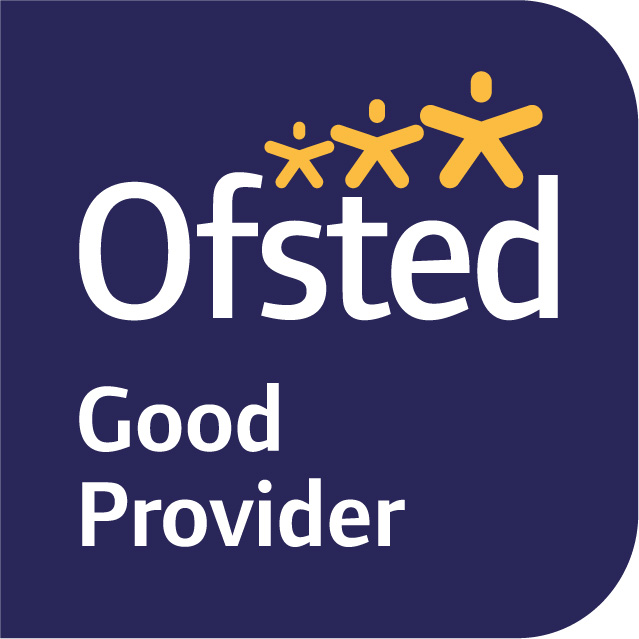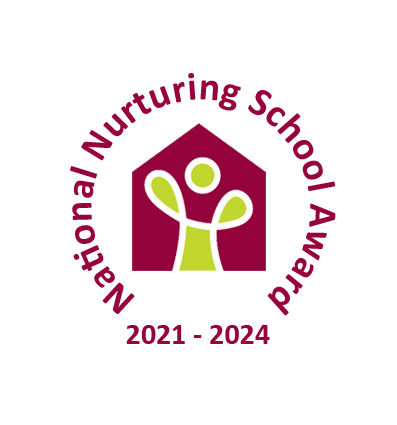Reading including Phonics
Reading including Phonics at PACE.
INTENT
We aim to:
- Improve pupils’ reading age and comprehension skills. Good reading skills are paramount if children are to fully access our whole, broad curriculum on offer.
- Ensure those pupils who have fallen behind Age Related Expectations, make good progress in line with their peers.
- Instil a love of reading for pleasure in all our pupils and encourage them to read widely across both fiction and non fiction to develop knowledge of themselves and the world around them.
Phonics
PACE accepts referrals from 55 primary schools in the borough and the children who attend have experienced a variety of phonics schemes at their mainstream school. Most of our pupils also spend part of the week at their mainstream school.
With this in mind, it would confuse matters if we were to use only one Phonics scheme. Instead, and to ensure each child’s individual needs are met in such a small group setting with children coming at different levels, teachers use resources from Read Write Inc and Letters and Sounds.
For children who have fallen behind ARE in their mainstream school, Twinkl phonics and Nessy are used for some children who have found it difficult to access the regular synthetic phonic schemes.
IMPLEMENTATION
Our pupil’s read their assigned reading book every day to an adult. Our referral form received from the child’s mainstream school ensures we have the correct book band level for our pupils.
Teachers model reading in all lessons. Teachers model fluency by reading daily to the pupils – showing them how we can use our voice to make sense.
Every day we use Dandelion Readers reading scheme books and Project X from Oxford University press to reinforce the children's phonetic skills as each book progresses and focuses upon the specific sound or diagraph the child is working on.
Teachers also assess the child’s phonics level through using the phonic code scheme assessment tool – Dandelion Readers.
For each class, PACEs Remarkable Reader award is given half termly. This compromises of a trophy, medal and certificate and enthuses the children to enjoy their reading and give their best effort.
Teaching staff carefully select texts based on the current cohort and their interests and we have embedded the VIPERS acronym from Literacy Shed across Key stage 2 during whole class texts.
VIPERS is an aid to recall of the 6 reading domains as part of the UK’s reading curriculum. They are the key areas which we feel children need to know and understand in order to improve their comprehension of texts.
VIPERS stands for
Vocabulary
Inference
Prediction
Explanation
Retrieval
Sequence or Summarise
The 6 domains focus on the comprehension aspect of reading and not the mechanics: decoding, fluency, prosody etc. As such, VIPERS is not a reading scheme but rather a method of ensuring that teachers ask, and students are familiar with, a range of questions. They allow the teacher to track the type of questions asked and the children’s responses to these which allows for targeted questioning afterwards.
Vocabulary rich books and a vocabulary focus across the curriculum to help remove barriers when reading also helps improve fluency.
Our home reading scheme is Project X Alien Adventures published by Oxford as well as a variety of book banded books both fiction and non fiction. Books are changed when required and reading diaries checked and books changed when finished. There are rewards in place for consistent reading at home.
Each class has a comfortable, quiet reading area. The pupils can feel comfortable here and read for pleasure. This links directly to one of the principles of nurture - the classroom offers a safe base. We also have a whole school library area with a wide range of fiction and non fiction. Bean bags allow the pupils to be comfortable and read for pleasure in this area.
Reading buddies are assigned and weekly sessions take place of peer to peer reading.
IMPACT
The vast majority of our pupils make significant progress with their reading age.
On entry to PACE and each term, we assess using the York Reading Age assessments. The test assesses the children’s Reading age in Accuracy and Comprehension skills. To further aid our assessment and planning we also use PIRA each term (Progress in Reading Assessment).
Spring term 21/22 data:
92% of the pupils increased reading age for word recognition and accuracy.
77% of the pupils increased reading age for comprehension skills.
Out of the 18 pupils assessed, 11 scored above their chronological age for accuracy and 7 below or at their CA.
15 out of 18 scored above their CA for comprehension, 3 below or at their CA.
Summer 21/22 data:
71% of the pupils increased reading age for word recognition and accuracy.
50% of the pupils increased reading age for comprehension skills.
Out of the 16 pupils assessed, 13 scored above their chronological age for accuracy and 3 below or at their CA.
12 out of 14 scored above their CA for comprehension, 2 below or at their CA.
By increasing the pupils reading ability, this has a wider impact across the whole curriculum and their ability to access this independently. This is evidenced through termly tracking data.
In 21/22 100% of pupils passed the phonics screening test.
Reading diaries are regularly signed by parents showing evidence of a love of reading.
Through auditing our reading offer, PACE was recognised by Scholastic for actively supporting The Reading Charter, which is displayed in school, and putting reading for pleasure at the heart of school life.

![]()






